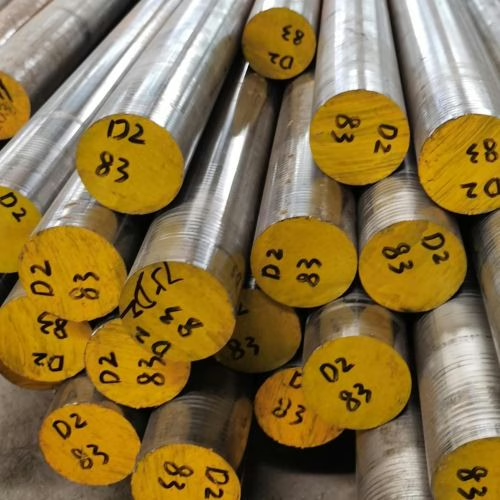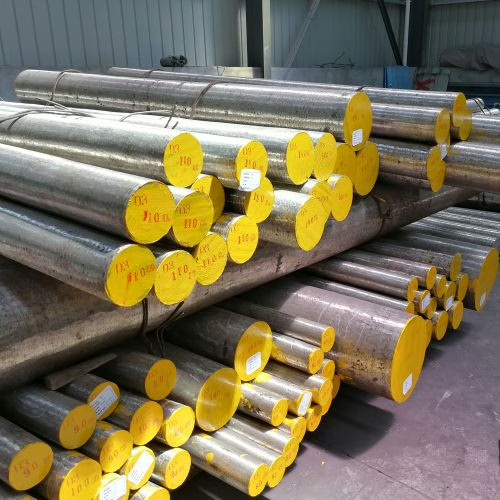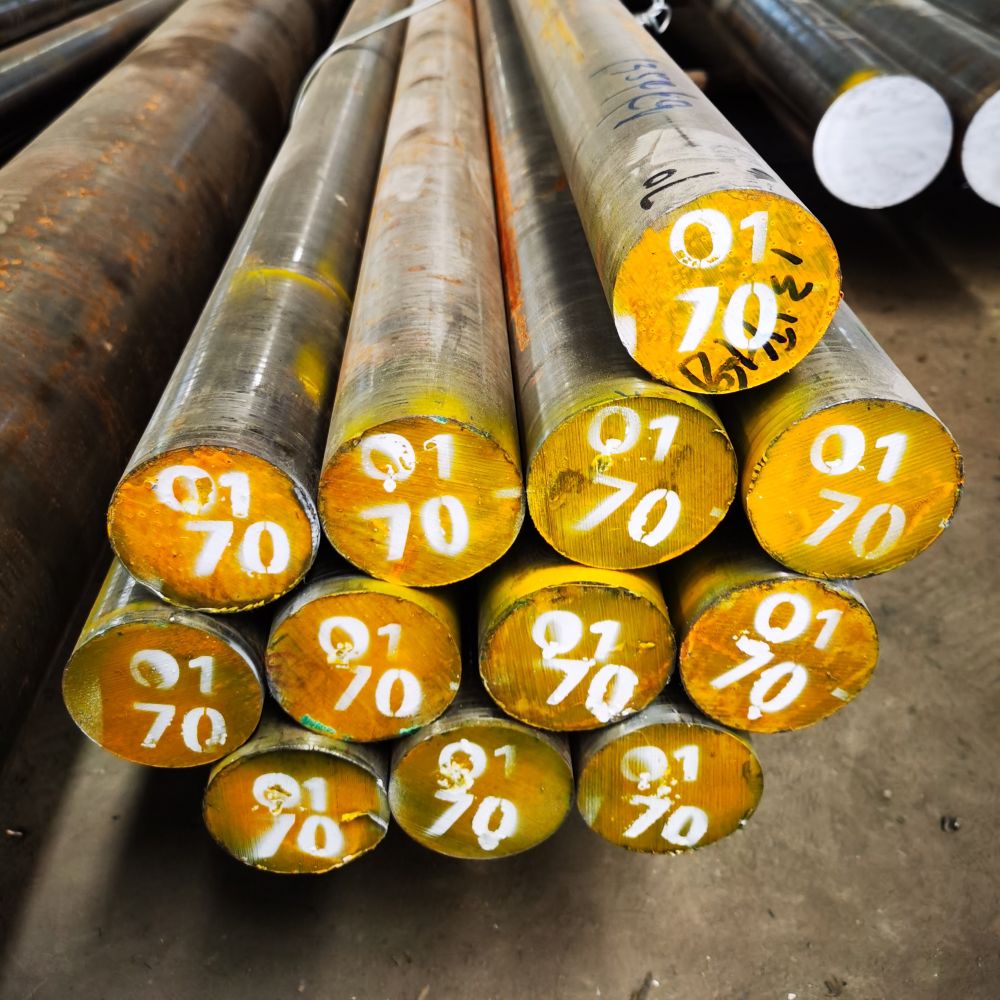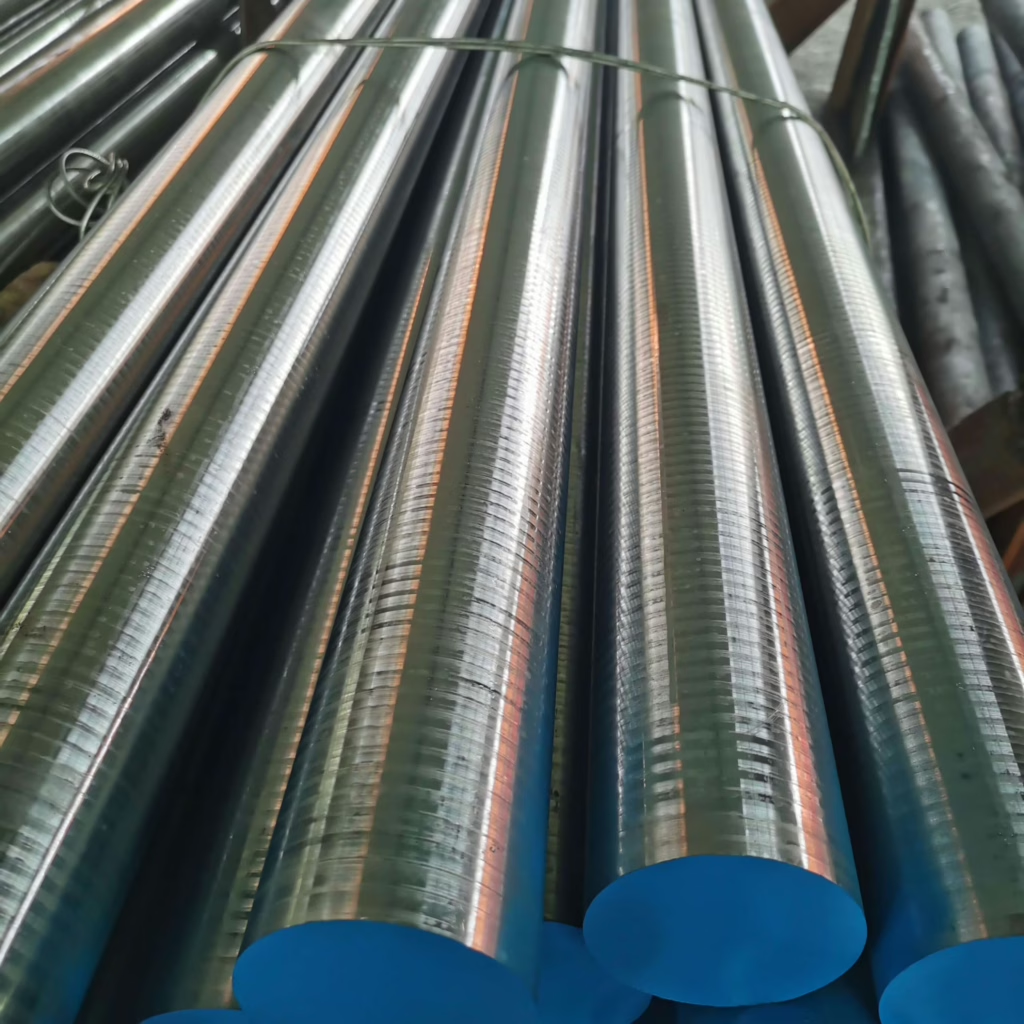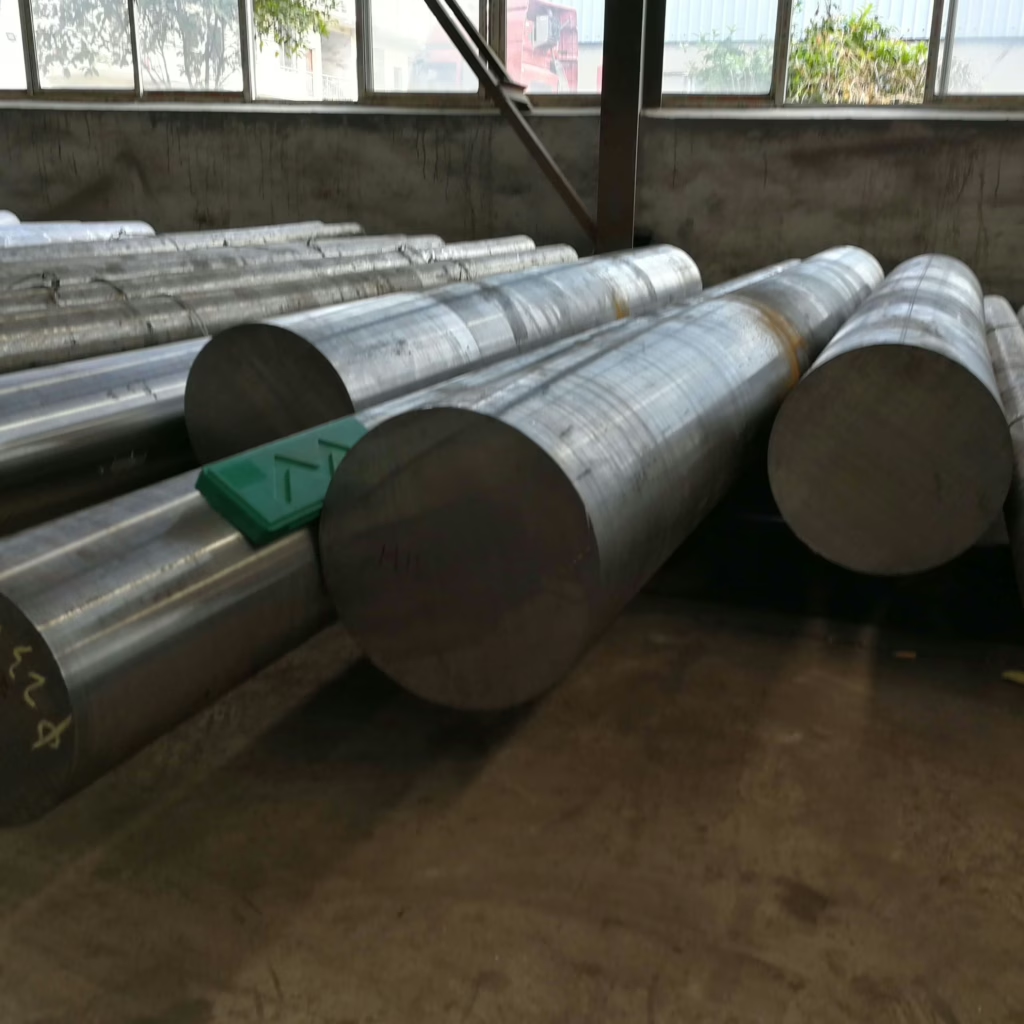OTELURI DE SCULE DE LUCRU LA RECE
Catalog Oțeluri pentru scule pentru lucru la rece de la Aobo Steel
Avantajele Aobo Steel
- Asigurând calitatea, prețurile noastre sunt cu aproximativ 3% mai mici decât prețul pieței.
- Experiența noastră de peste 20 de ani în producția de oțel forjat pentru scule ne oferă o înțelegere profundă a produselor noastre.
- Oferim peste 100 de tipuri de oțel, inclusiv pentru scule, aliaj, oțel inoxidabil, aliaj structural și oțel carbon.
- Înconjurați de peste 40 de furnizori de procesare, putem livra lunar peste 2.000 de tone de oțel.
Înțelegerea oțelului pentru scule
Oțelul pentru scule este o categorie critică de aliaje de oțel dezvoltate special pentru fabricarea uneltelor, matrițelor și matrițelor. Aceste componente sunt esențiale pentru modelarea, formarea și tăierea diferitelor materiale, inclusiv alte oțeluri, metale neferoase, materiale plastice, lemn etc. Oțelurile pentru scule sunt proiectate pentru duritate și durabilitate ridicate pentru a rezista la condițiile de serviciu solicitante.
Un subset cheie este oțelul de scule de mare viteză (HSS), definit de standarde precum ASTM A600. Aceste aliaje complexe pe bază de fier conțin carbon, crom, vanadiu, molibden sau wolfram (și uneori cobalt). Compoziția specifică este echilibrată cu grijă pentru a oferi o întărire puternică, rezistență excepțională la uzură, capacitatea de a păstra duritatea la temperaturi ridicate (cunoscută sub numele de „duritate roșie”) și duritatea necesară pentru o tăiere industrială eficientă.
De ce oțelul pentru scule este diferit
Oțelurile pentru scule sunt o categorie distinctă și importantă de oțel datorită aplicațiilor lor specifice și, în mod critic, cerințelor lor de tratament termic. Găsite în nenumărate procese industriale care necesită matrițe, matrițe sau unelte de tăiere, acestea variază de la compoziții de oțel aproape de carbon până la calități puternic aliate.
Caracteristica definitorie a oțelului pentru scule este capacitatea sa de a fi călită și călită prin tratament termic. Compozițiile chimice sunt controlate cu precizie, astfel încât tratamentul termic adecvat conferă proprietățile necesare pentru lucrare. Proprietățile cheie includ:
- Duritate mare: Rezistența la penetrare și abraziune (măsurată în mod obișnuit folosind cântare precum Rockwell). Rețineți că în oțelurile aliate, rezistența la uzură depinde de mai mult decât de duritate.
- Rezistență la căldură („Duritate roșie”): Capacitate de a menține duritatea la temperaturi ridicate.
- Rezistenta la abraziune: Capacitate de a rezista la uzură.
- Rezistență la șoc (durezitate): Capacitate de a rezista la impact fără rupere.
- Stabilitate dimensională: Rezistenta la miscare sau deformare in timpul intaririi.
- Capacitate de tăiere: Eficiență în operațiunile de prelucrare.
Deoarece nicio calitate de oțel nu excelează în toate aceste domenii simultan, există multe oțeluri de scule diferite, fiecare adaptat pentru cerințe specifice de performanță.
Tipuri comune de oțel pentru scule
Oțelurile pentru scule sunt de obicei clasificate pe baza unor factori precum aplicarea, compoziția sau metoda de tratament termic. Sistemul American Iron and Steel Institute (AISI) este obișnuit, folosind o desemnare literă-număr (de exemplu, W1, S7, H13, M2). Categoriile cheie includ:
- Întărire cu apă (serie W): În primul rând, oțeluri carbon care necesită o călire rapidă cu apă.
- Rezistent la șocuri (serie S): Proiectat pentru rezistență ridicată la impact.
- Cold-Work (seria O, A, D):
- Întărire în ulei (O): Întărire bună, cu mai puțină distorsiune decât călirea cu apă.
- Întărire cu aer (A): Conținutul mai mare de aliaj permite o răcire mai lentă a aerului, minimizând distorsiunea.
- Cu conținut ridicat de carbon, cu conținut ridicat de crom (D): Rezistență excelentă la uzură la lucru la rece.
- Hot-Work (seria H): Menține rezistența și rezistă la uzură la temperaturi ridicate (utilizate în matrițe de forjare, matrițe de extrudare).
- Viteză mare (seria M și T): Păstrează duritatea la temperaturi de tăiere foarte ridicate (folosit pentru burghie, freze). Seria M este pe bază de molibden; Seria T este pe bază de wolfram.
Selecție și producție
Selectarea clasei corecte de oțel pentru scule este vitală. Alegerea depinde de aplicație și de cerințele de echilibrare, cum ar fi rezistența la uzură, duritatea (rezistența la șocuri), duritatea la cald, ușurința de prelucrare, răspunsul la tratamentul termic și costul. De exemplu, uneltele de tăiere acordă prioritate rezistenței la uzură, în timp ce sculele cu impact au nevoie de duritate.
Fabricarea oțelurilor pentru scule necesită un control atent, deseori începând cu topituri de înaltă calitate în cuptoare electrice. Procese ca forjare (o zonă în care Aobo Steel are peste 20 de ani de experiență) și laminarea rafinează structura și modelează materialul. Metalurgia pulberilor oferă o cale alternativă pentru grade specifice, oferind o structură fină, uniformă.
Importanța tratamentului termic
Tratamentul termic este fundamental pentru a obține performanța dorită în oțelurile pentru scule. Acest proces implică de obicei întărire (încălzire la temperatura corectă și apoi stingere) urmată de temperare (reîncălzire la o temperatură mai scăzută) pentru a atinge echilibrul final de duritate și duritate. Metoda de călire (folosind apă, ulei sau aer) depinde de conținutul de aliaj de oțel și de necesitatea de a minimiza distorsiunea.
În concluzie
Oțelurile pentru scule sunt aliaje de înaltă performanță, adaptate pentru aplicații solicitante pentru scule, matrițe și matrițe. Combinația lor unică de duritate, rezistență la uzură, duritate și rezistență la căldură provine din compoziții chimice atent gestionate și tratament termic precis, făcându-le indispensabile în producția modernă. La Aobo Steel, cunoștințele noastre profunde și experiența vastă ne asigură că oferim oțelul pentru scule potrivit nevoilor dumneavoastră.

